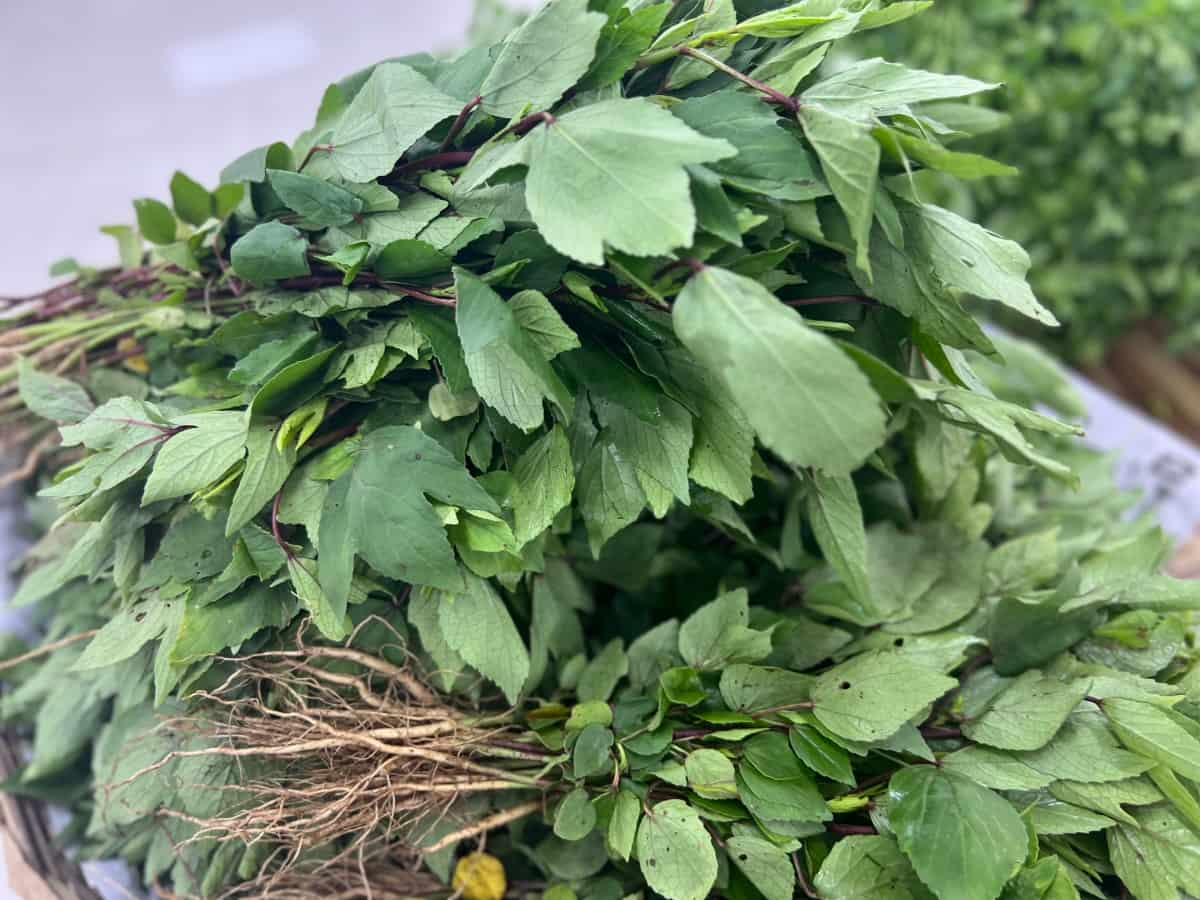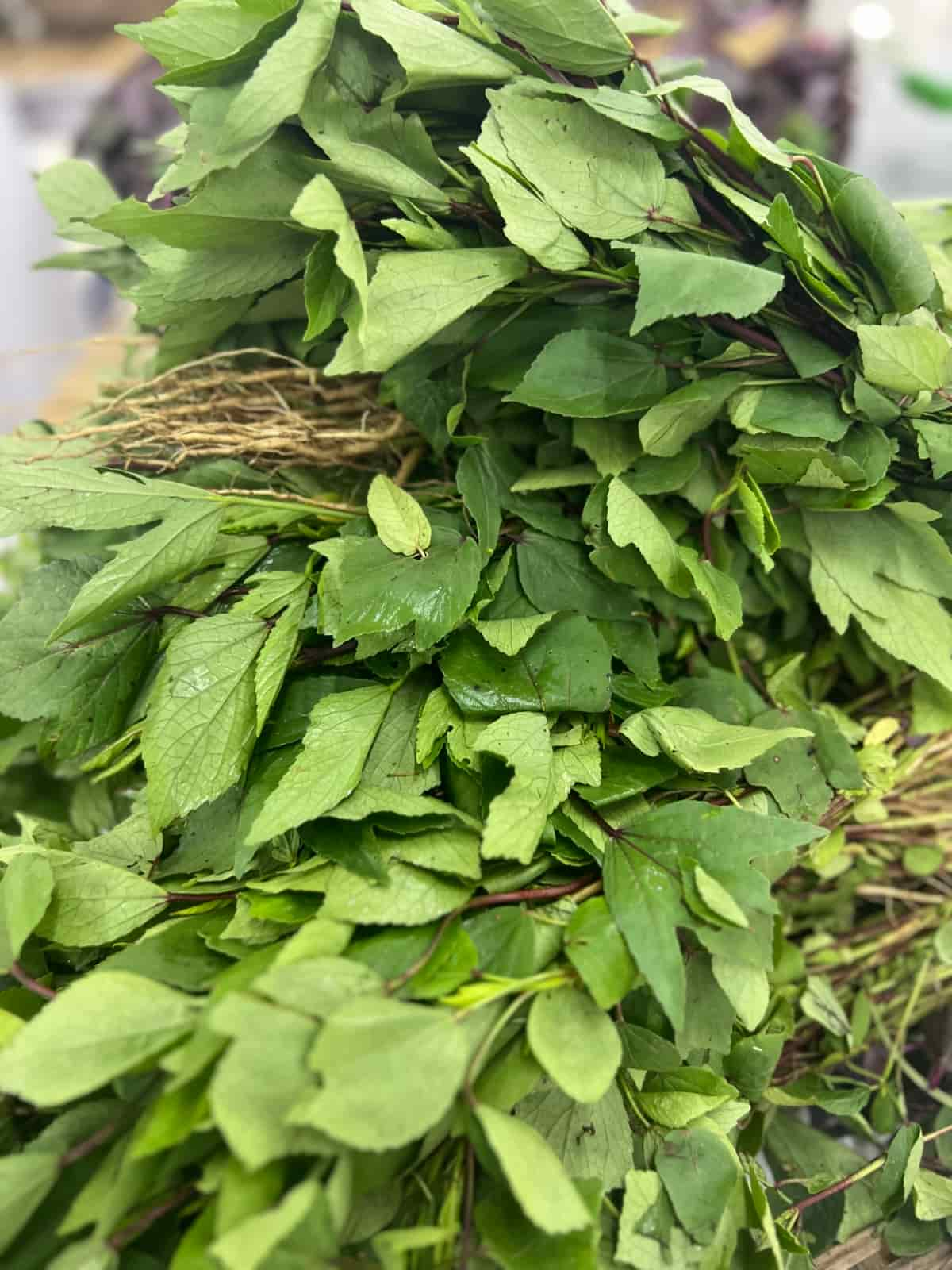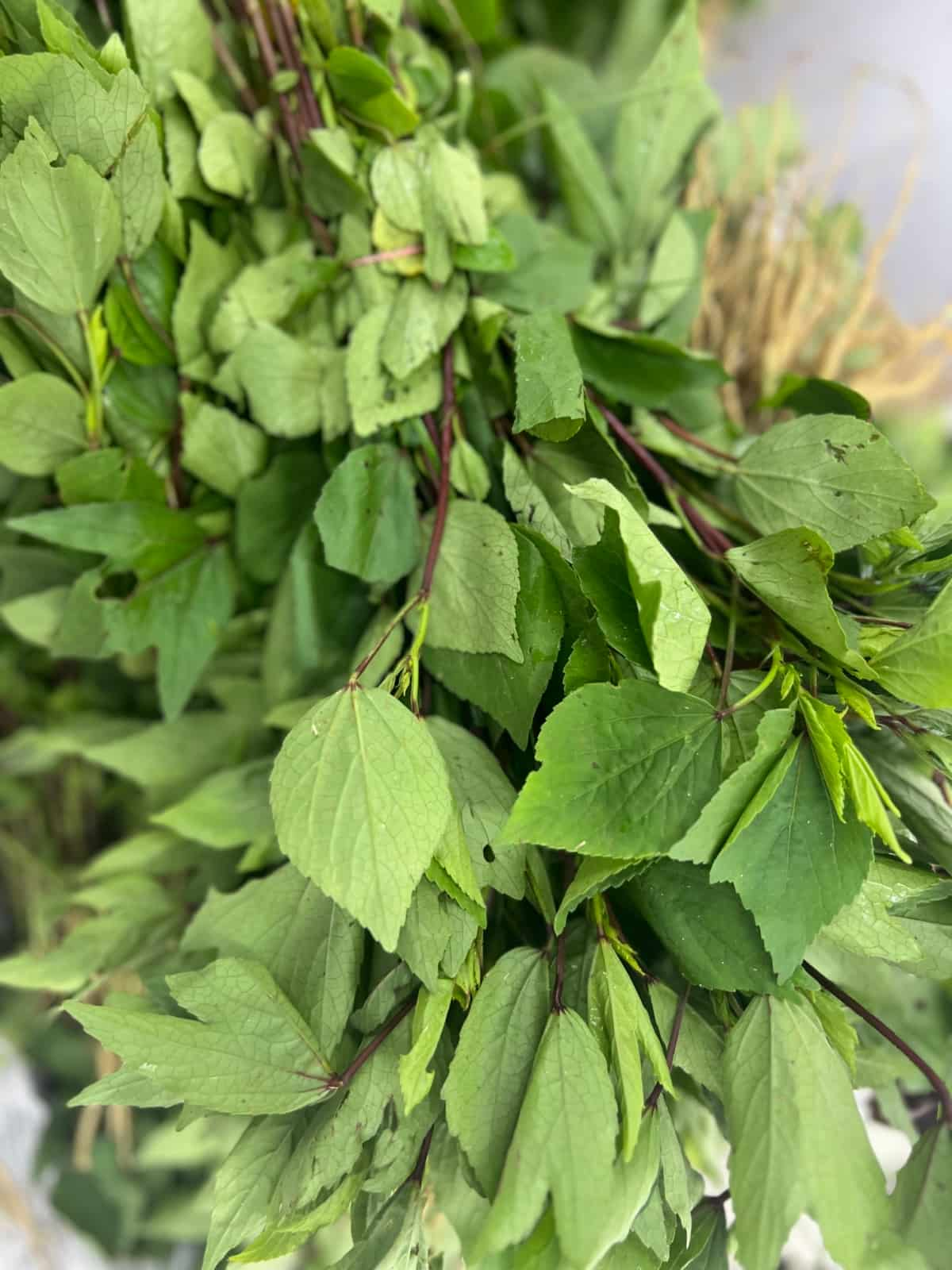Gongura, a leafy vegetable also known as Sorrel, is a culinary gem of South India, particularly in the Andhra and Telangana regions. Scientifically named Hibiscus sabdariffa, this plant is not just any leafy vegetable-it’s a flavorful, tangy delight that adds a unique twist to Indian cuisine. Cultivating Gongura in your home garden can be a truly rewarding experience. To start this journey, it’s crucial to select high-quality seeds, free from any signs of damage or disease, to ensure a strong start to the germination process.

Seed Selection
Gongura, known by various names including Gongura Red, Gongura White, Pulicha Keerai, Pandi, Pitwaa, and Ambada, offers approximately 300 seeds per 10 grams. With a germination time of 5 to 10 days and a harvest time of 25 to 35 days, it’s an ideal addition to any vegetable garden. The key to a thriving Gongura crop lies in the seeds you choose. Fresh, undamaged seeds from reputable sources are your best bet for successful germination and robust growth.
Preparation of Germination Bed
When selecting Gongura seeds, opt for quality seeds from a reliable source. A loose, well-draining soil mix rich in organic matter provides the ideal foundation. The bed should be moistened before sowing the seeds to create a welcoming environment for them. Ensure that the seeds are free from any signs of damage or decay. Prepare a germination bed using a mix of red soil, vermicompost, and coco peat in a ratio of 40:40:20. Additionally, add a handful of neem cake to each pot to keep the soil pest-free.
Sowing the Seeds
Sow the Gongura seeds approximately 1⁄2 inch (1.3 cm) deep in the prepared germination bed. Space the seeds 12-14 cm apart to allow ample room for growth. They should be planted at a depth approximately twice the size of the seed itself. This ensures adequate coverage without hindering their ability to sprout.
Optimal Germination Conditions
Optimal germination conditions include maintaining a consistent soil temperature, ideally between 20°C-25°C, and ensuring the soil remains moist but not waterlogged. These conditions help in the rapid and healthy development of seedlings. Maintain consistent moisture in the soil to facilitate germination, which typically occurs within 5 to 10 days. Ensure the germination bed receives adequate sunlight, preferably 2 to 3 hours of sunlight daily.
Watering Requirements
Water the germination bed regularly to keep the soil moist, but avoid overwatering, which can lead to the rotting of the seeds. A drip irrigation system or watering can with a fine nozzle is ideal for gentle watering. The soil should be kept moist, especially during the germination and early growth stages. Over-watering can lead to fungal diseases, which are detrimental to the seedlings.
Thinning Seedlings
Thinning is a crucial step as the seedlings grow to prevent overcrowding, which can impede growth and lead to weaker plants. This is where your responsibility as a gardener comes in. Once the seedlings emerge, thin them out if necessary to ensure proper spacing and prevent disease spread, which can inhibit growth. Thinning should be done carefully to avoid disturbing the roots of the remaining plants.
Transplanting Seedlings
Once the seedlings have developed a couple of true leaves and reached a suitable size, they should be transplanted into prepared pots or beds, ensuring minimal root disturbance. Once the seedlings have developed sturdy roots and true leaves, transplant them to larger grow bags with a minimum height of 6 inches. Larger containers allow ample space for the roots to spread and promote healthy growth.
In case you missed it: Growing Gongura in Containers from Seeds, and Cuttings

Soil Requirements
To maintain soil fertility, add compost to the containers every 10-15 days. This provides essential nutrients for plant growth. Soil requirements for Gongura include a pH range of 6 to 7, Slightly acidic to neutral. The soil should be rich in organic matter to provide the necessary nutrients for growth.
Sunlight and Temperature
Ensure that Gongura plants receive at least 2 to 3 hours of sunlight daily for optimal growth. Moderate temperatures ranging between 20°C to 30°C are ideal for Gongura cultivation.
Maintenance and Care
Regularly inspect plants for signs of pests and diseases, and promptly treat them with neem oil or organic pesticides if necessary. Then comes the exciting part-harvesting of Gongura leaves when they reach the desired size, typically 25 to 35 days after sowing. Gongura is a multi-cut crop, allowing for multiple harvests from the same plant. Just imagine the joy of picking fresh, homegrown Gongura leaves for your next meal!
Tips for Gongura Cultivation in Home Garden
- Start with high-quality Gongura seeds, ideally sourced from reputable suppliers.
- Sow seeds approximately 1/4 inch deep and space them 2-3 inches apart in pots or containers.
- Maintain even moisture in the soil without disturbing the seeds to facilitate germination, which typically occurs within 7-14 days.
- Choose a sunny location with the right temperature for optimal germination and growth.
- Once seedlings emerge, provide plenty of sunlight and regular watering.
- Thin out the seedlings to maintain a spacing of 6-12 inches for proper growth.
- Encourage frequent harvesting to stimulate new leaf growth and extend the harvest season.
- Harvest Gongura leaves when they are fresh for the best flavor. They are suitable for various culinary uses, such as pickles, chutneys, and curries.
- Patience is required when growing Gongura for seeds, as it takes time to harvest seeds from mature plants.
- Plant extra seeds initially and later thin them out to keep the healthiest plants.
- Ensure adequate watering during seed germination and wait for the weather to warm up sufficiently.
- Provide organic matter, fertilizer, and mulch to keep the soil moist and fertile.
- Begin harvesting 3-4 weeks after sowing, avoiding waiting too long to prevent bitterness in the leaves.
- Gongura is a multi-cut crop, allowing for multiple harvest cycles depending on soil nutrients.
- Practice organic cultivation methods for pest, disease, and weed control.
- Regular pruning helps maintain plant shape and encourages productivity.
- With proper care and conditions, Gongura can be a rewarding plant to grow, offering culinary delights and nutritional benefits.
In case you missed it: Asparagus Seed Germination and Variety Selection

By following these Gongura seed germination and planting methods, you can successfully grow this nutritious leafy vegetable in your home garden. With proper care and attention, you’ll be able to enjoy fresh Gongura leaves throughout the growing season.
- Gardening Techniques in Planting Vegetables
- Where to Place Indoor Plants in Your Home
- How to Grow Tomatoes Organically at Home: A Comprehensive Guide
- Organic Gardening on a Budget: Low-Cost Methods and Materials
- Gongura Seed Germination and Planting Methods
- Cabbage Seed Germination and Selection
- Broccoli Seed Germination and Selection
- Asparagus Seed Germination and Variety Selection
- Seasonal Flower Gardening: Best Practices for Spring, Summer, Fall, and Winter